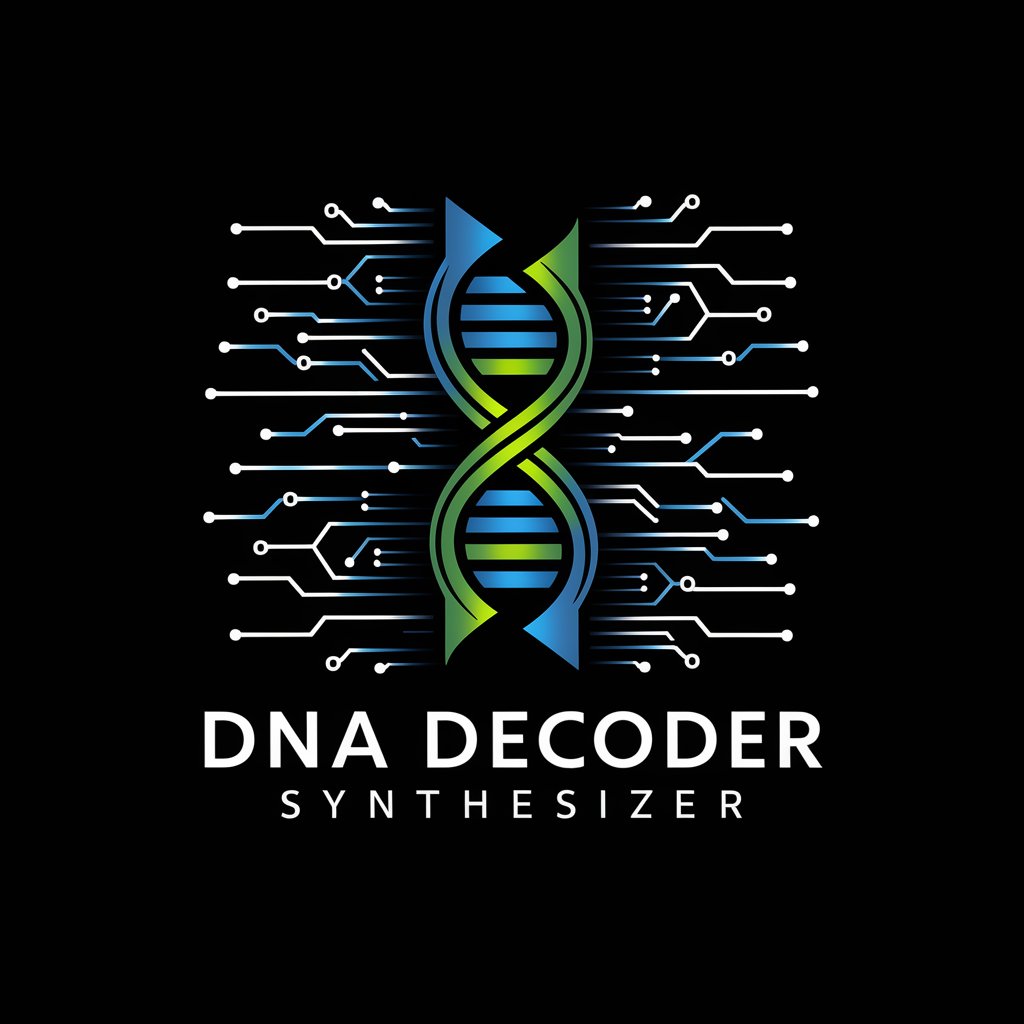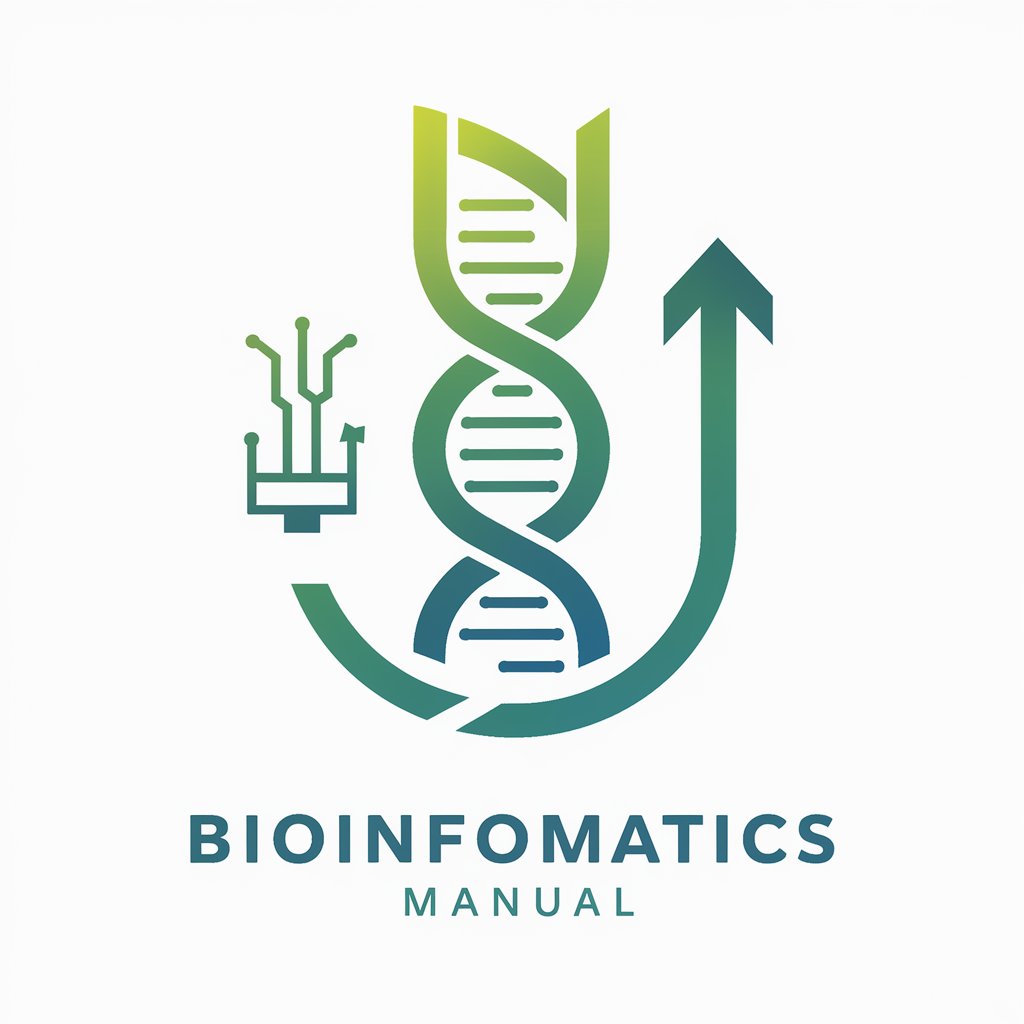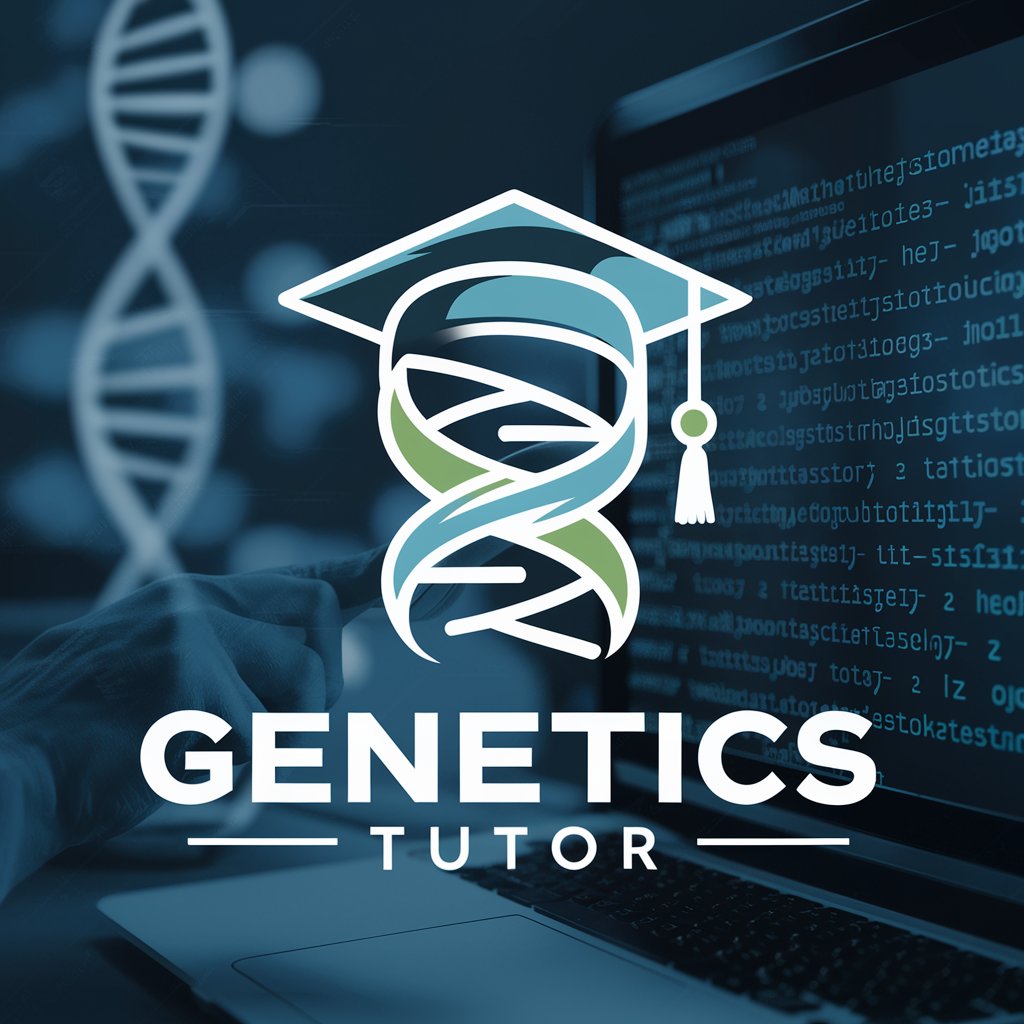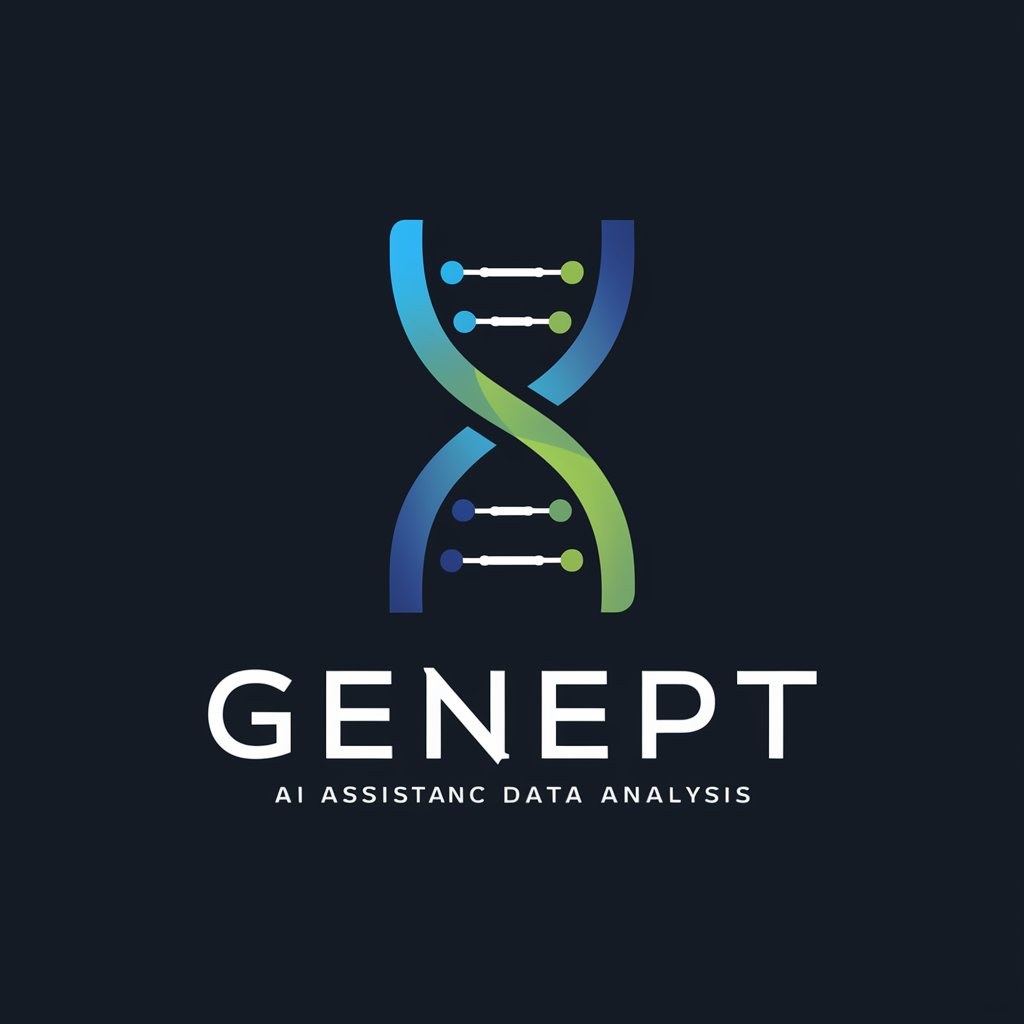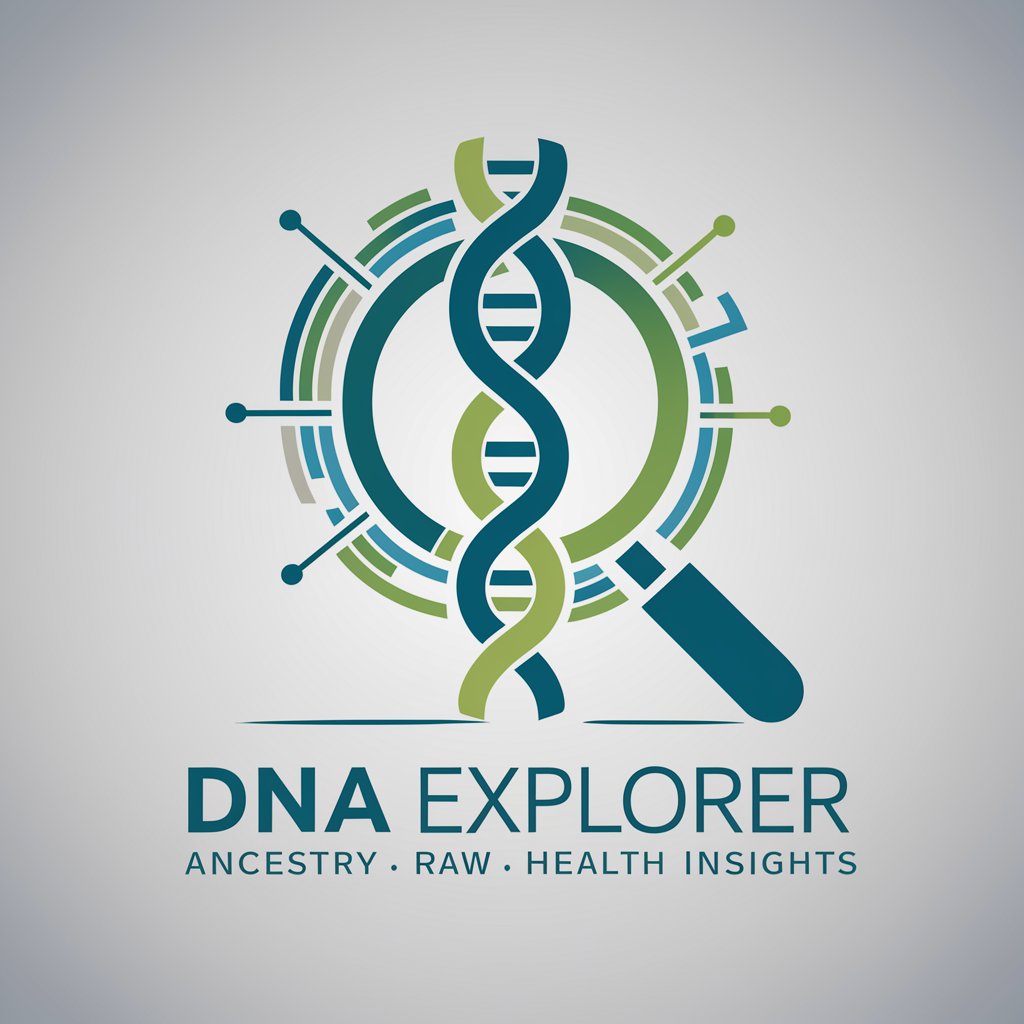
Decoding Genetics: C Programming for DNA Analysis - C Programming for DNA
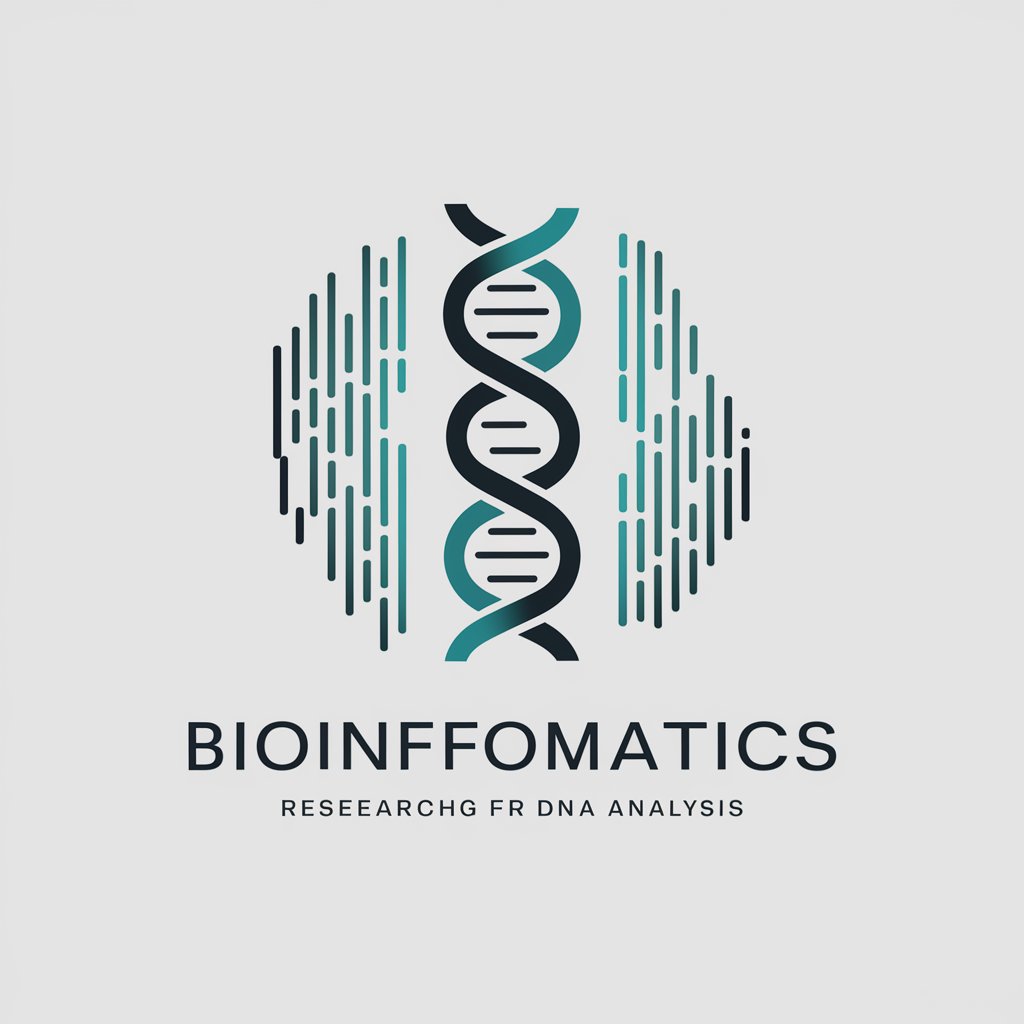
Welcome! Let's dive into the world of genetics and C programming.
AI-powered Genetic Sequence Analysis
Write a C program that processes genetic sequences from a FASTA file...
Explain the Needleman-Wunsch algorithm and how to implement it in C...
Describe how to use OpenMP for parallel processing in genomic data analysis...
Develop a command-line interface in C for SNP analysis in large genomic datasets...
Get Embed Code
Decoding Genetics: C Programming for DNA Analysis
Decoding Genetics: C Programming for DNA Analysis is a specialized tool designed for bioinformatics researchers focusing on genetic sequence analysis. It integrates the robustness of C programming with advanced bioinformatics algorithms to process, analyze, and interpret vast amounts of genetic data. The core purpose is to provide a platform that optimizes data structures and algorithms for handling large genomic datasets, ensuring accurate biological data interpretation. This includes the implementation of the FASTA format for reading and processing genetic sequences, the Needleman-Wunsch algorithm for sequence alignment, and SNP analysis for identifying genetic variations. The design emphasizes efficient memory management, parallel processing to expedite computations, and the integration of bioinformatics libraries like BioLibC for enhanced functionality. An example scenario involves processing a genome sequence to identify genetic markers associated with certain diseases, where accuracy, speed, and data handling capabilities are critical. Powered by ChatGPT-4o。

Core Functions and Use Cases
Sequence Alignment
Example
Using the Needleman-Wunsch algorithm for aligning DNA sequences to identify evolutionary relationships.
Scenario
A researcher aligns sequences from different species to pinpoint conserved genetic regions, aiding in evolutionary studies and gene function identification.
SNP Analysis
Example
Analyzing genetic variations to identify Single Nucleotide Polymorphisms (SNPs) associated with diseases.
Scenario
Biologists search for SNPs within a human genome sequence that could indicate a higher risk for specific genetic disorders, assisting in personalized medicine.
Genomic File Processing
Example
Reading and processing large genomic files in FASTA format, utilizing dynamic memory allocation and efficient data structures.
Scenario
Geneticists process terabytes of genomic data from sequencing projects, extracting specific sequences for further analysis without compromising system performance.
Data Visualization
Example
Using GNUplot for visualizing genetic analysis results, such as gene expression levels across different conditions.
Scenario
Researchers visualize gene expression data to identify patterns or anomalies, facilitating easier interpretation and hypothesis generation.
Parallel Processing
Example
Implementing OpenMP for parallel processing of computationally intensive tasks like sequence alignment and SNP calling.
Scenario
In high-throughput sequencing data analysis, leveraging multi-core processors reduces the time required for aligning millions of sequences, significantly speeding up research.
Target User Groups
Bioinformatics Researchers
Scientists and researchers who need to process, analyze, and interpret genetic sequences. They benefit from the tool's efficiency, accuracy, and the ability to handle large datasets.
Geneticists
Professionals focusing on genetic variations and their implications in diseases, who require precise SNP analysis and sequence alignment functionalities.
Computational Biologists
Individuals combining biology with data science and computational techniques, who need robust tools for modeling, simulation, and analysis of biological data.
Academic Institutions
Educational entities that teach bioinformatics, genetics, or computational biology, providing students with practical tools for learning and research.

Getting Started with Decoding Genetics: C Programming for DNA Analysis
1
Start with a free trial at yeschat.ai, no signup or ChatGPT Plus required.
2
Install a C programming environment (like GCC) and any necessary bioinformatics libraries (e.g., BioLibC) on your system.
3
Familiarize yourself with genetic data formats, particularly FASTA, and download sample sequences for practice.
4
Explore the tool's documentation to understand its capabilities in sequence analysis, SNP detection, and data visualization.
5
Begin coding by applying provided algorithms, such as Needleman-Wunsch for alignment, to your genetic data and analyze the output.
Try other advanced and practical GPTs
GamingBuddy
Elevate Your Game with AI Power

Blogger
Empowering Creativity with AI

🎮 High-Performance Game with C++
Elevate your game with AI-powered C++ expertise

Unleashing the Power of C++ in Game Development
Elevating game development with AI-powered C++ insights

Ultimate Unity Game Development
Elevate Your Unity Games with AI-Powered Expertise

🎮 Craft Your Game Engine
Crafting next-gen game engines with AI
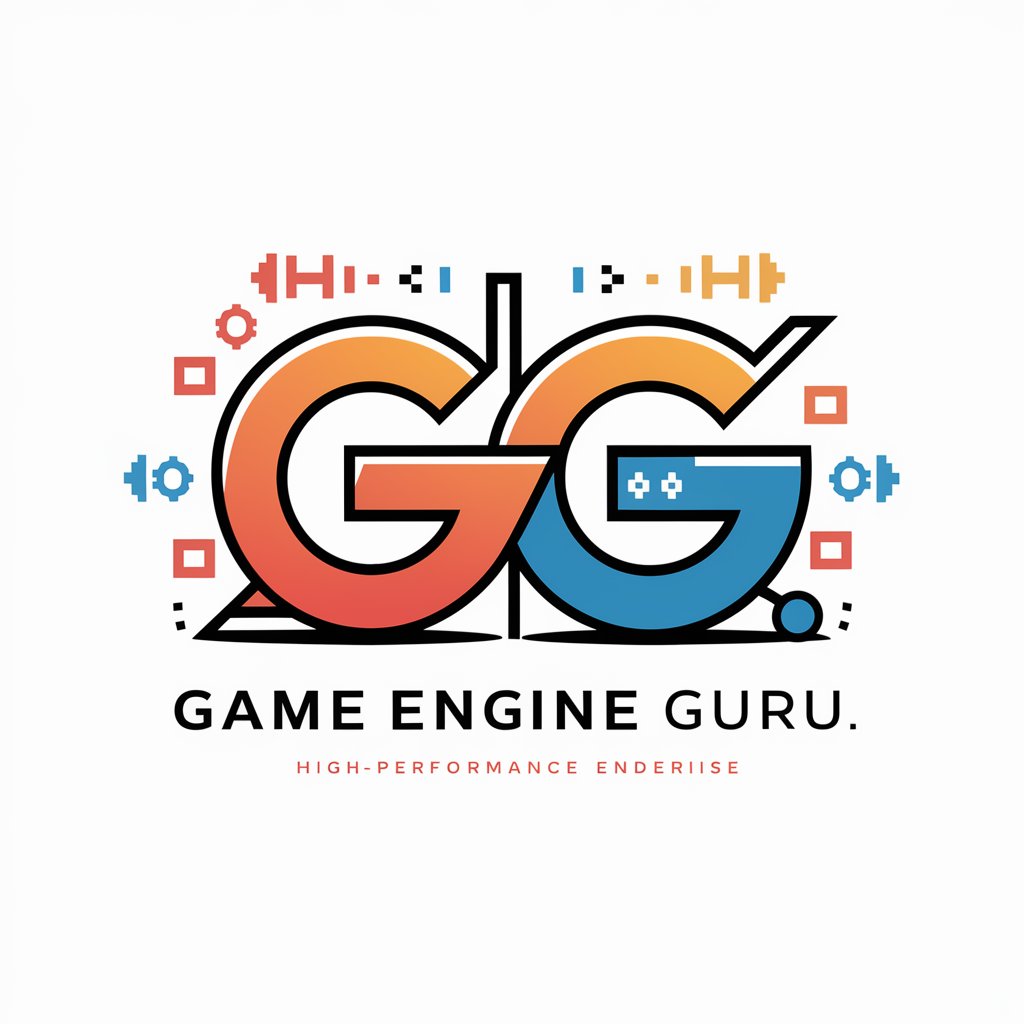
Recipe Dispatch
Transforming Ingredients into Dishes with AI
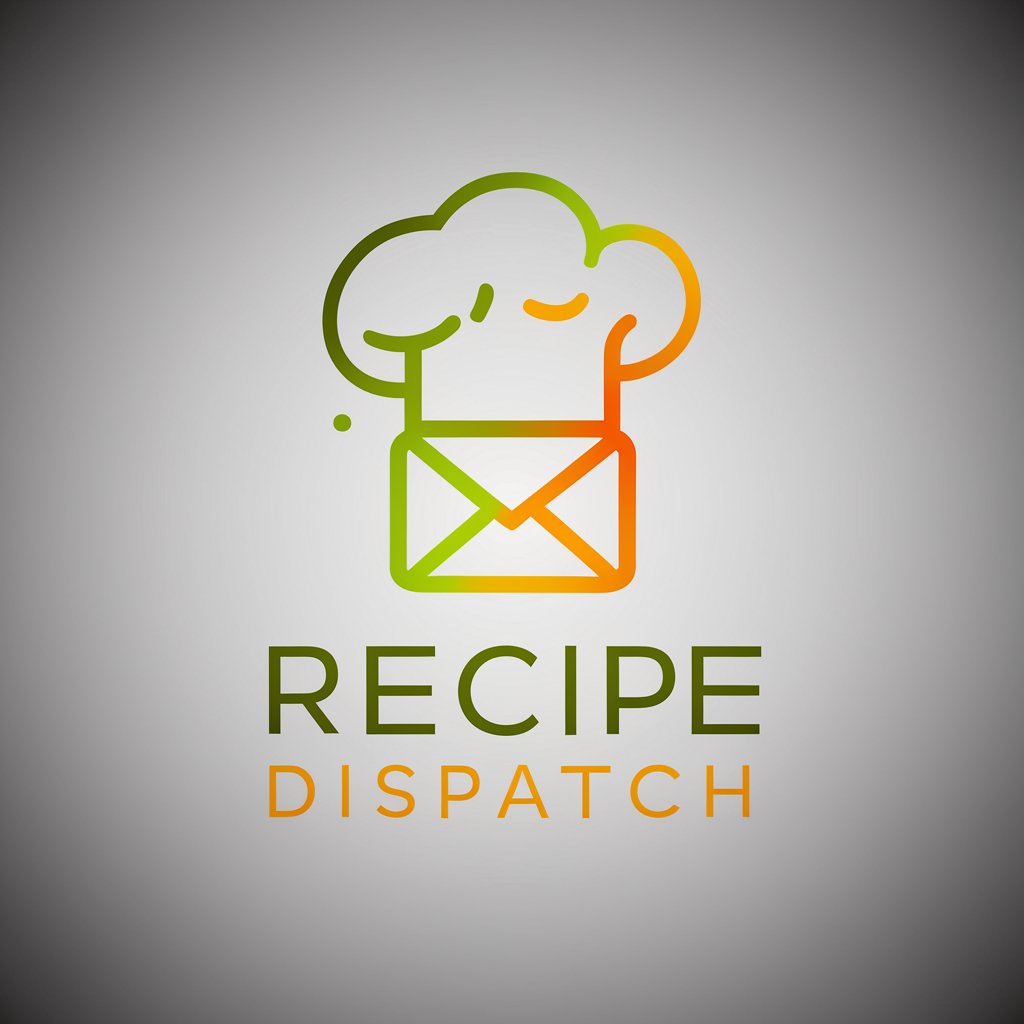
Recipe Finder
AI-Powered Culinary Creativity
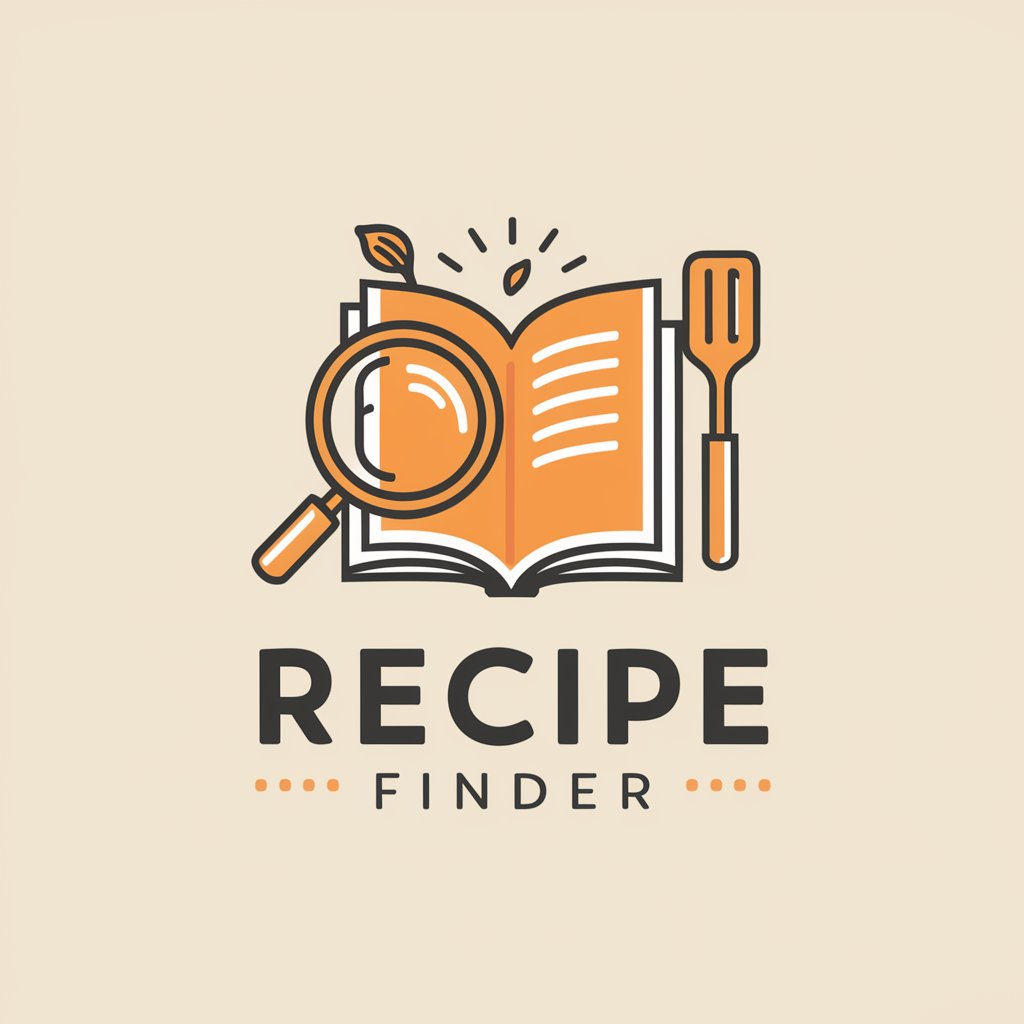
Healty Recipes Generator 🥗
AI-powered healthy eating simplified

German Teacher GPT
AI-powered personalized German lessons

AEC Technologies and Trends
Empowering AEC Projects with AI-driven Insights
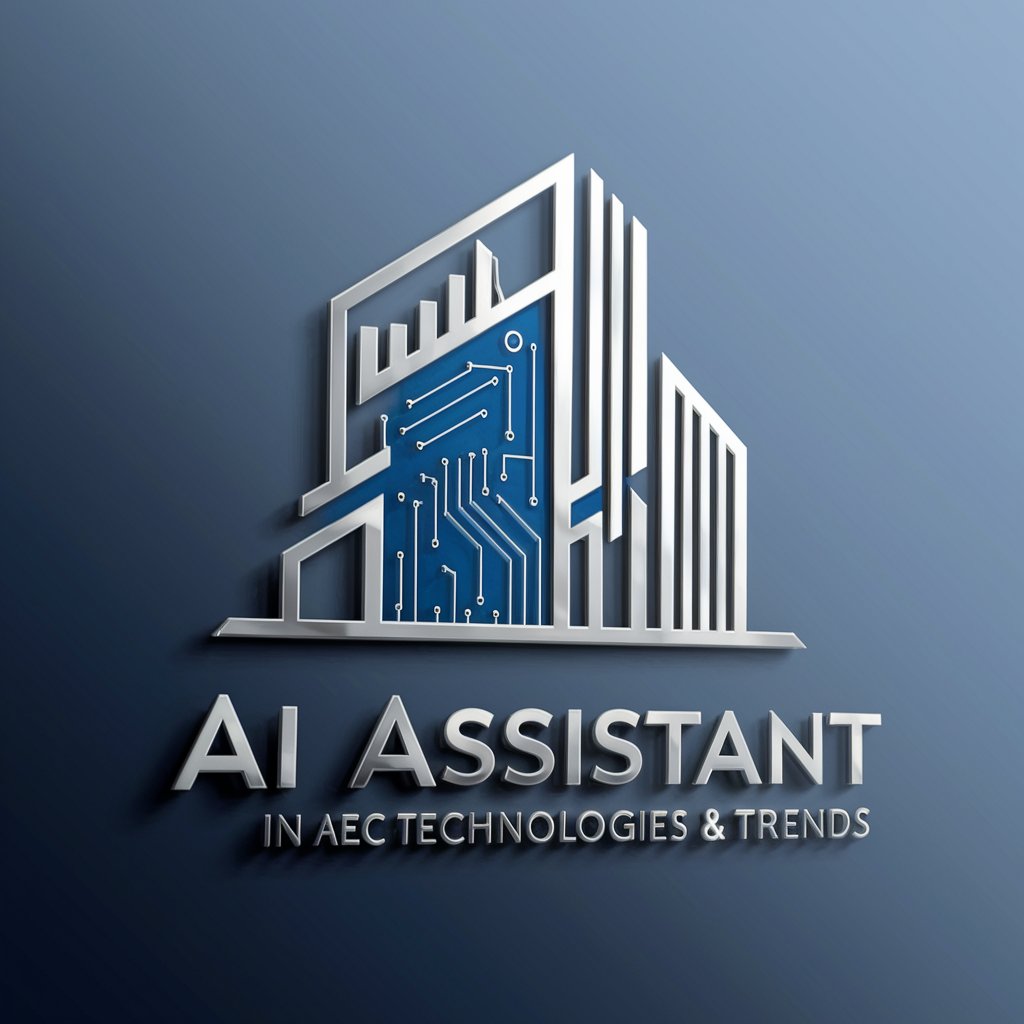
Personal Development Guide
Empower Your Growth with AI

Frequently Asked Questions about Decoding Genetics: C Programming for DNA Analysis
What programming skills do I need to use Decoding Genetics effectively?
A solid foundation in C programming is essential, including understanding dynamic memory allocation, file I/O operations, and familiarity with bioinformatics libraries like BioLibC. Knowledge of genetic data processing and sequence alignment algorithms would also be beneficial.
Can I use Decoding Genetics for my thesis on genetic variations?
Absolutely. The tool is designed to assist in analyzing genetic sequences, identifying SNPs, and aligning sequences, making it suitable for research on genetic variations.
How does Decoding Genetics handle large genomic datasets?
Decoding Genetics is optimized for large datasets through efficient memory management, parallel processing with OpenMP, and algorithms specifically designed for handling vast amounts of genetic data.
Is there support for visualizing genetic analysis results?
Yes, the tool integrates GNUplot for data visualization, allowing you to graphically represent sequence alignments, SNP distributions, and other statistical analyses.
How does Decoding Genetics ensure the accuracy of its genetic analysis?
Accuracy is ensured through the implementation of proven algorithms, rigorous testing against known genetic datasets, and continuous updates to incorporate the latest research findings in bioinformatics.
